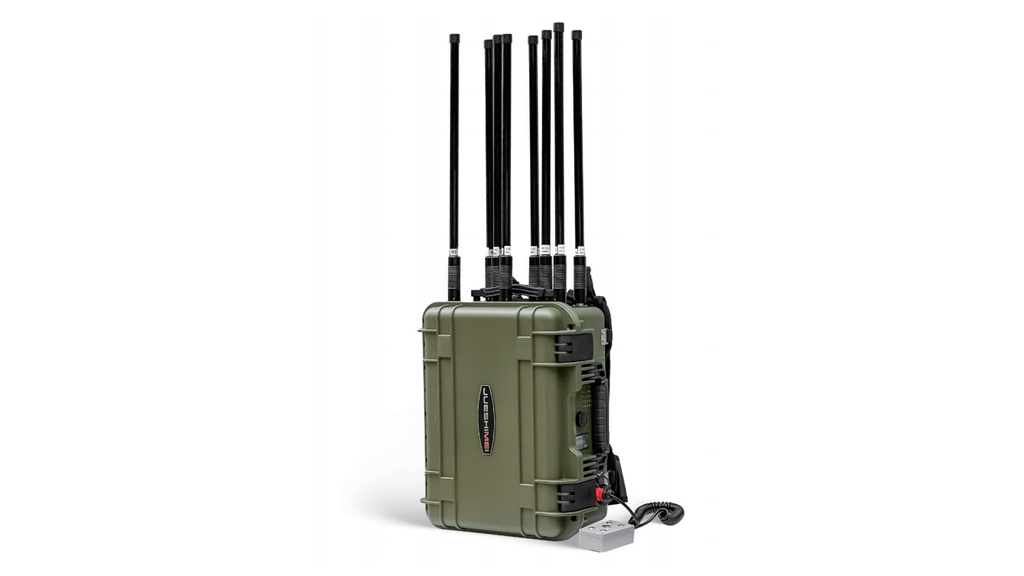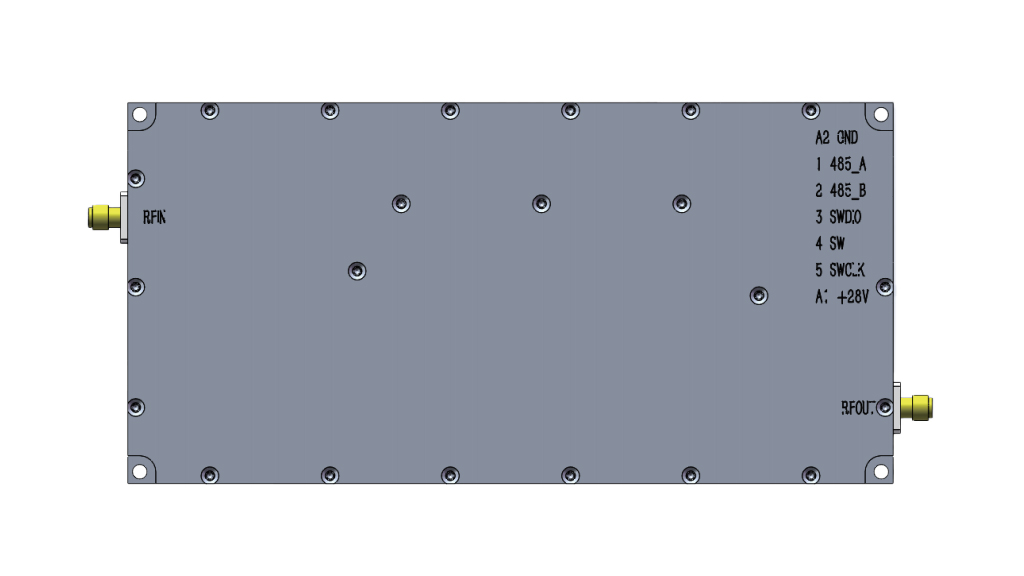Introduction
With the rapid advancement of drone technology, its applications in military reconnaissance, commercial photography, logistics, and other fields have become increasingly widespread. However, the misuse of drones has also led to issues such as privacy violations and airspace security threats. In this context, drone reflection devices and drone jammer module technologies have emerged as critical countermeasures against unauthorized drone intrusions.
Working Principle of Drone Reflection Devices
Drone reflection devices are technical equipment designed to counteract drones by interfering with their communication signals. These devices primarily target GPS signals, remote control signals, and video transmission signals, causing the drone to lose control or return to its operator.

Core mechanisms include:
Signal jamming: Transmitting interference waves in the same frequency bands as drone control signals
GPS spoofing: Sending false GPS positioning information
Frequency band blocking: Creating interference in commonly used bands such as 2.4GHz and 5.8GHz
Technical Features of Drone Jammer Modules
As specialized drone interference components, drone jammer modules offer the following advantages:
Directional jamming capability: Precisely targets specific drones, minimizing impact on surrounding electronics
Multi-band coverage: Simultaneously disrupts GPS L1/L2, GLONASS, remote control, and video transmission frequencies
Smart recognition: Automatically identifies drone signal characteristics via spectrum analysis
Adjustable power: Modifies jamming intensity based on distance and environment
“Modern drone jammer modules now come in portable, vehicle-mounted, and fixed configurations, with power ranging from a few watts to several kilowatts, meeting diverse protection needs.”
Application Scenarios
Drone reflection devices and jammer modules play vital roles in multiple fields:
Critical Infrastructure Protection
No-fly zones at airports
Military base airspace security
Government facility privacy protection
Large-Scale Event Security
Sports events
High-profile conferences
Public celebrations
Commercial Privacy Protection
Corporate R&D centers
Private residences
Film and TV production sites
Technical Challenges & Ethical Considerations
Despite rapid advancements, drone countermeasure technologies still face challenges:
Legal compliance: High-power signal jamming devices are heavily regulated in many countries
Collateral interference risk: May affect legitimate wireless communications nearby
Technological arms race: Drone manufacturers continuously improve anti-jamming capabilities
Cost factors: High-performance jammer modules remain expensive
From an ethical standpoint, balancing public safety vs. personal privacy and defensive technology vs. airspace freedom is crucial.
Future Development Trends
Drone countermeasure technology is evolving in the following directions:
AI integration: Automatic drone identification and classification
Networked systems: Distributed anti-drone defense networks
Non-kinetic interception: Laser and microwave-based jamming methods
Miniaturization: More portable drone jammer modules
With the rise of 5G and IoT, next-gen anti-drone systems will become more precise and efficient while minimizing disruption to normal communications.
Conclusion
Drone reflection devices and drone jammer modules serve as essential tools in combating drone threats and ensuring airspace security. As technology progresses and regulations improve, these systems will continue to evolve, offering smarter and more reliable protection against unauthorized drone activities.






